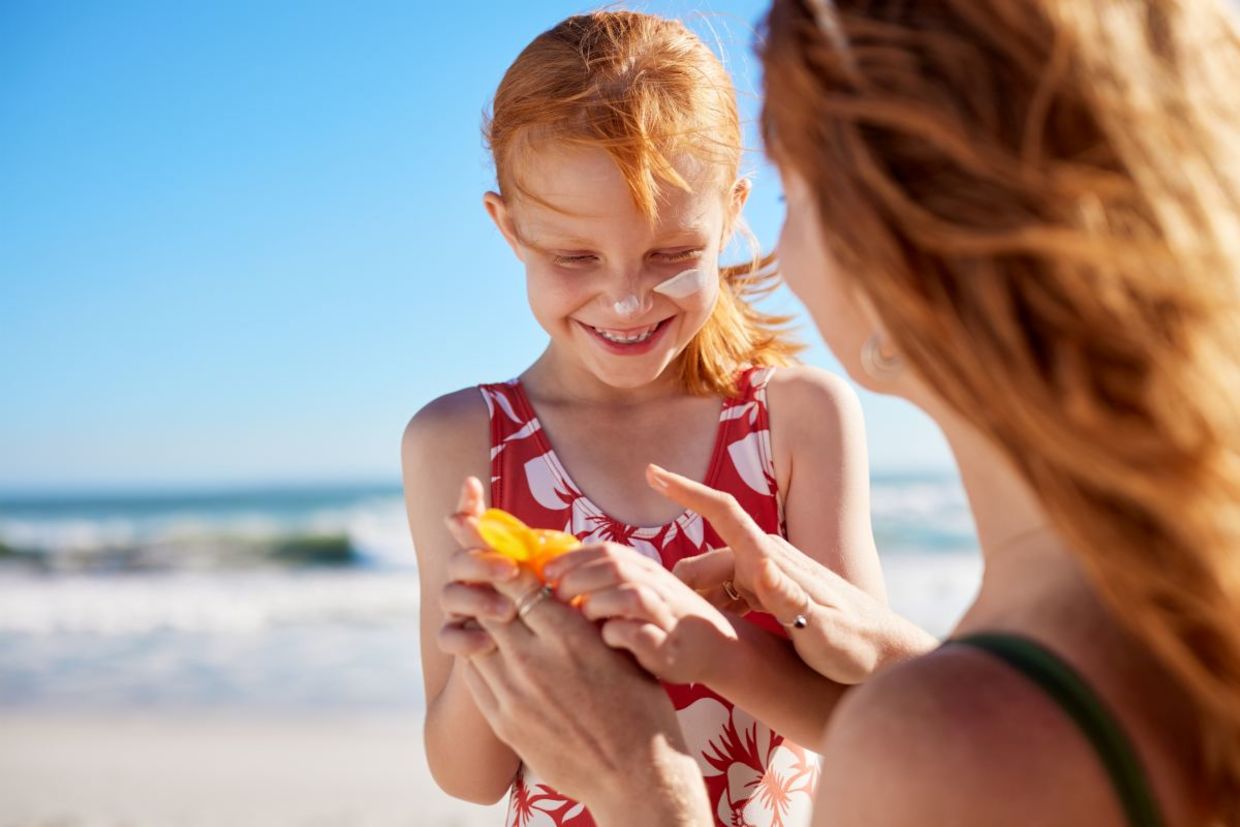
(Rido / Shutterstock.com)
The end of May is beach season in the US. That means families spend more time in lakes and oceans. So, while you are enjoying your fun in the sand and water, keep it safe and follow these beach safety rules.
Choose a Safe Space
Location is everything, especially when it comes to ocean safety, according to Outside. Make sure that there are lifeguards, check to see if there are any caution flags, riptides, or rocks. If you are with young children, going to a protective cove or a child-friendly space.
Make sure that you watch the ocean before entering the water,” Richard Schmidt, the California big-wave surfer who runs a surf school, told Outside. Safety should always come first, so teach your children ocean rules before entering the water for the first time and review them every time you go to the beach.
If you are introducing your kids to the ocean for the first time, make sure that the first experience is positive. “You’ve got to be careful with your kids in their early days,” Schmidt says. “If they get trounced by a wave when they’re young, they might reject the ocean and hold that fear forever.
Always Watch Your Kids
The Healthy Children organization recommends that you appoint a water watcher. The watcher should not be looking at their cellphone and should always stay alert. Make sure that kids tell you before they go anywhere near the water and use a buddy system. No child should go in the water alone.
If your children can’t swim, are not strong swimmers, or new to the beach, wear life jackets even if just playing in the sand near the water.
Wear Sun Protection
Protect your kids’ skin when you are at the beach. That means using a broad-spectrum sunscreen with an SPF of a minimum of 15. There are many safe and effective sunscreens available for children as young as babies.
Always reapply sunscreen after going in the water and bring coverups for when the kids have had enough sun. Hats are also necessary for sun protection. Picking a shady spot or bringing a beach umbrella will also help you stay comfortable at the beach.
Protect from Heatstroke
Besides protecting your kids from sunburn, heatstroke is also something that can occur at the beach according to a blog from the Hawai’i Pacific University. Heatstroke can occur when your body temperature rises above 104 F (40 C) which results in your body not being able to cool itself off. You can prevent heatstroke by avoiding strenuous activity in the hottest parts of the day and by staying hydrated.
Avoid Ocean Hazards
Oceans can be hazardous, especially for kids and people who don’t spend much time at the beach. These include staying away from marine life. You may immediately think of Jaws and great white sharks but there are other risky marine life out there including jellyfish, octopuses, barracudas, triggerfish, and sea snakes.
You should also stay away from people who are boating, surfing, and parasailing. Human activities can pose a risk to people in the water or on the shore.
Be especially cautious of riptides that can pull you or your children out to sea. The signs of a riptide are fewer breaking waves and objects being pulled out to sea. If caught is a riptide try to swim parallel to it.
YOU MIGHT ALSO LIKE:
AI Lifeguard System Prevents Drowning
Bringing Kids From the Australian Bush to the Beach
The Netherlands is Dispensing Sunscreen at Parks and Beaches







